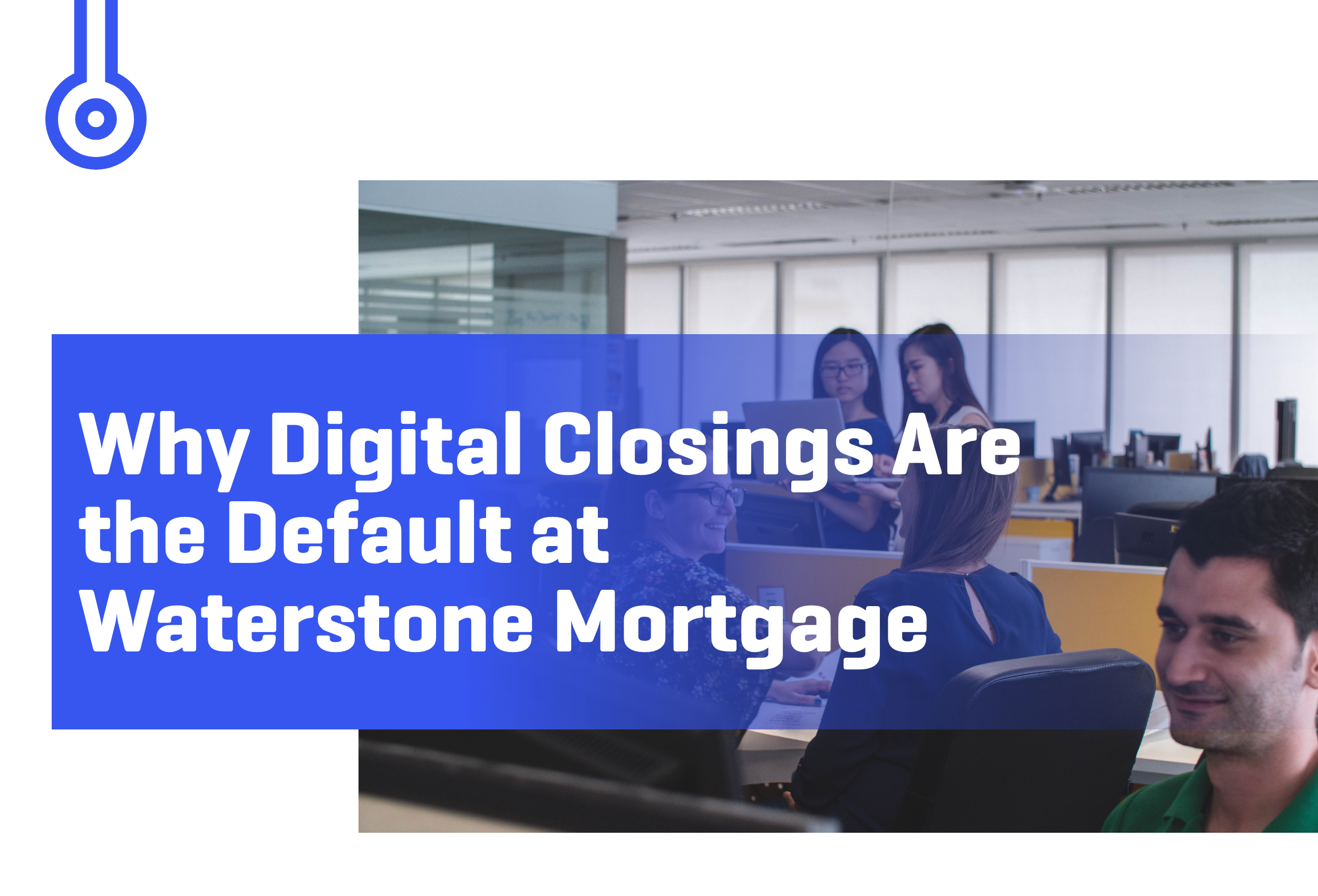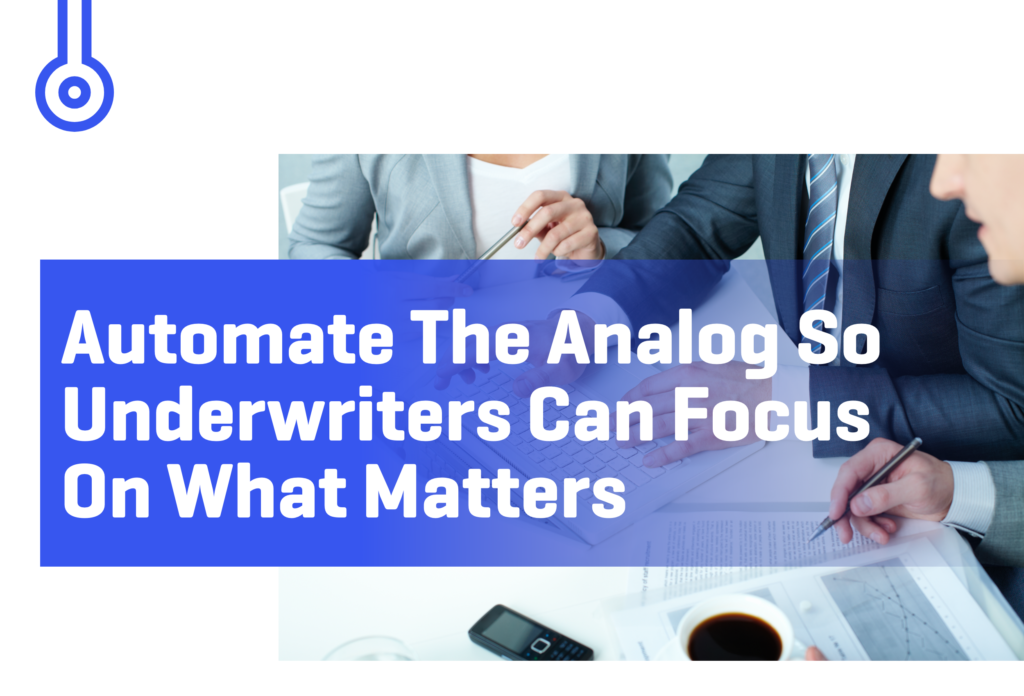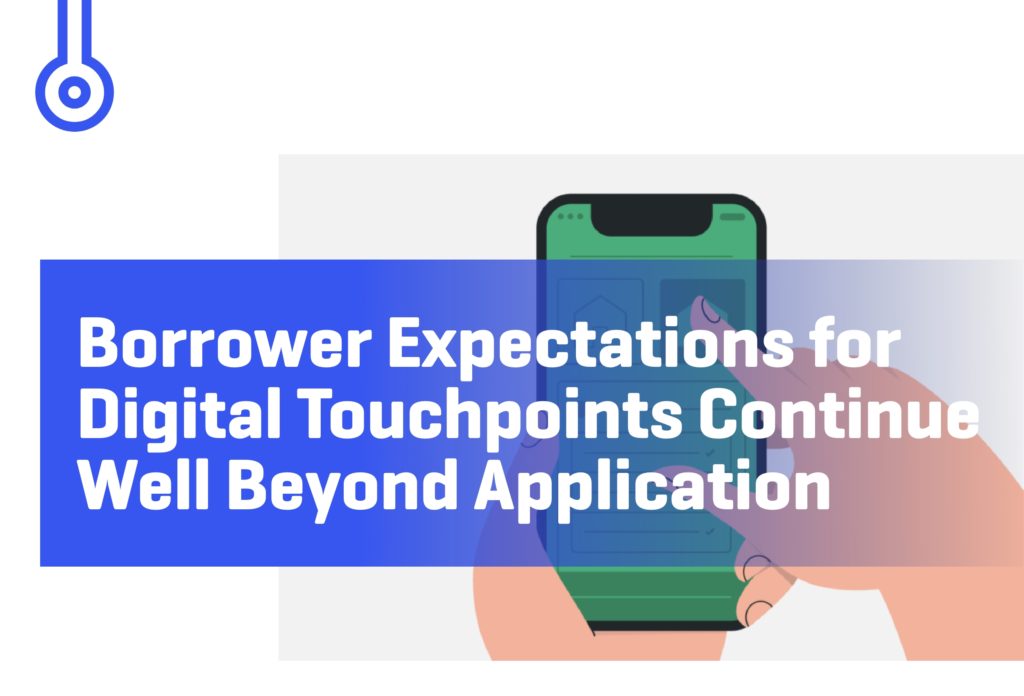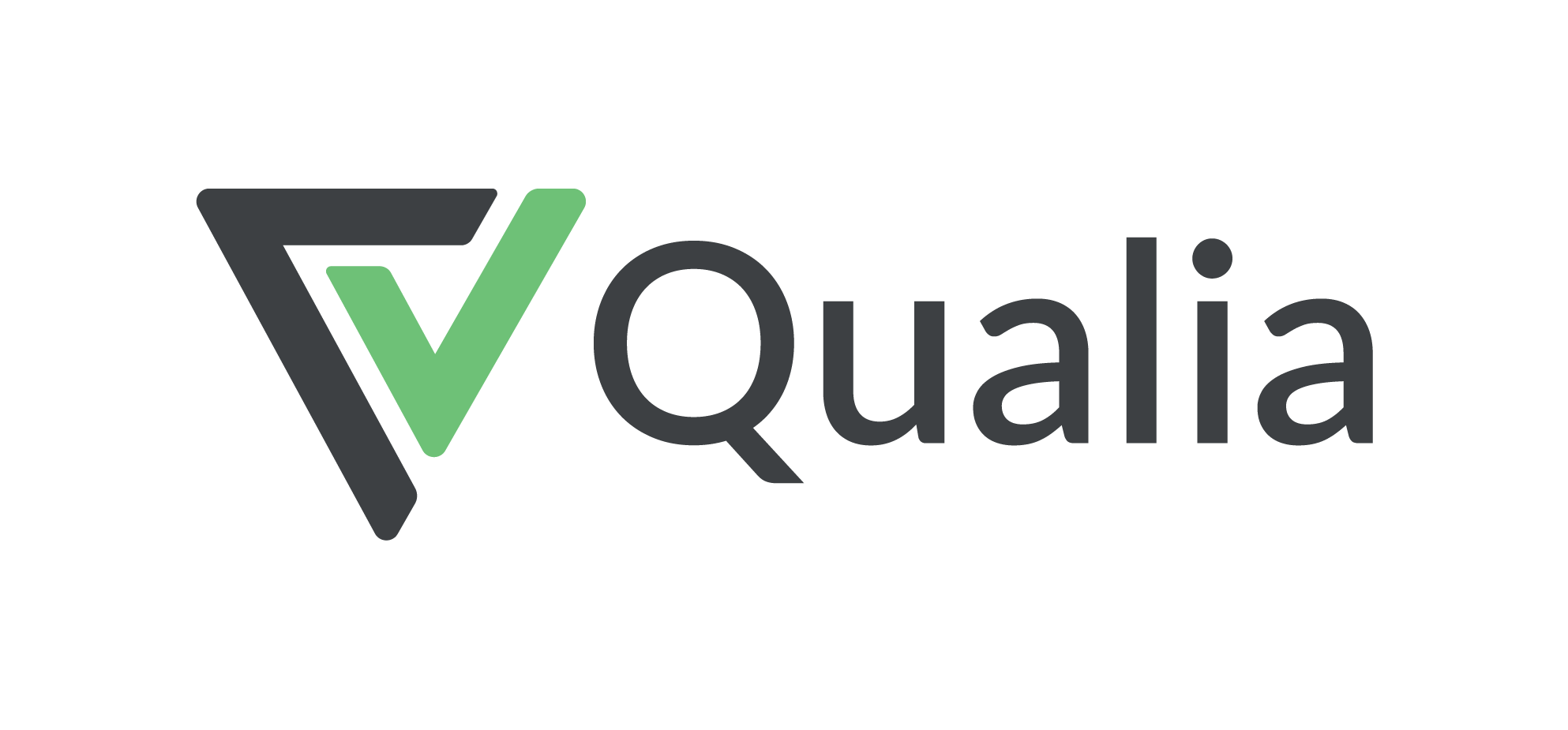Waterstone Mortgage knew other lenders weren’t giving borrowers the ability to electronically review and eSign their documents before the day of the closing.
By adopting digital closings early, they would be able to offer borrowers a closing experience their competitors couldn’t. They would also be far ahead of the competitor by the time their peers started their own digital closing initiatives. “While many lenders continue to just talk about moving to digital, we’re making tremendous strides in making it the default at Waterstone Mortgage,” said Tom Knapp, CIO of Waterstone Mortgage.
In just three months, Waterstone Mortgage went from zero digital closings to closing 70% of its loans as hybrid closings.
Every closing is digitized to some extent, with hybrid closings being the default closing option they offer. In a hybrid closing, borrowers can review their documents online and eSign some documents before the day of the closing.
From the first digital closing that Waterstone Mortgage did, they saw the value of digital closings. When the borrower electronically reviewed their documents, they identified a misspelling. Waterstone Mortgage corrected the error upfront, which saved time at the closing table. The closing appointment lasted just seven minutes. Plus, Waterstone Mortgage avoided an unsuccessful signing, where the borrower might have refused to sign because of the error.
While hybrid closings are the default, Waterstone Mortgage is able to offer borrowers any type of closing they want. “We had a file where somebody was in Norway, and we ended up doing a full eClose for them. Nobody else can do that,” said Jake Rowoldt, IS Project and Change Manager at Waterstone Mortgage.
Digital closings have enabled Waterstone Mortgage to create a differentiated closing experience for borrowers. Their loan officers use digital closings as a competitive advantage. They include digital closings in their marketing materials and talk to borrowers about digital closings from the very beginning.
